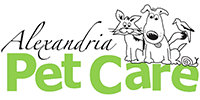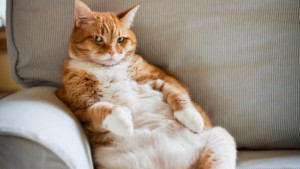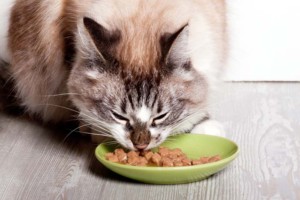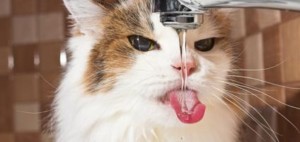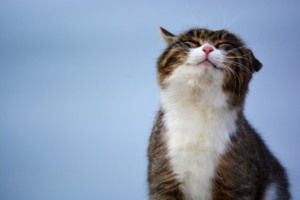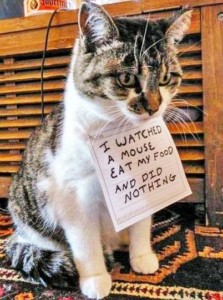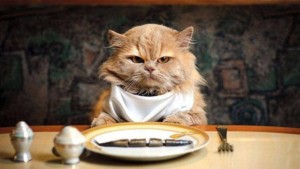
Cats have been living among humans for centuries, and we happily serve them like the little kings and queens that they are. However, we don’t always provide the healthiest, or most nutritious meals for them because we sometimes just don’t know any better! Cats are a funny species in that their digestive systems are very unlike our own, so we sometimes forget that they need a meal plan that is a wee bit different from ours. Never fear though – we are going to tackle some of the most common mistakes that cat owners make when feeding their feline friends, and how to correct them!
One of the most common things we see in the animal welfare community is an overfed kitty. Obesity is a hugely common disease in felines, and can be quite dangerous as it is closely associated with other health issues such as diabetes, arthritis, and urinary tract disease. Of course owners are generally not overfeeding their beloved pets on purpose, but it’s very easy to accidentally give a cat more food than necessary. Domestic cats today are pretty sedentary as opposed to outdoor cats who have to search and hunt for their food. Therefore, their nutritional needs are way lower than a “working” cat. Most vets would recommend that cats take in between 24-35 calories a day, but if you aren’t sure where to start, definitely reach out to your personal vet for a diet plan. Any vet will be able to pick out an obese cat (even if their owner can’t!) and draft a plan to get Mr. or Ms. Kitty back in the healthy zone!
A second common mistake is to feed a cat only dry food. Many cat owners choose to provide dry food only for their kitties, which is certainly their prerogative. However, when choosing what to feed your cat, keep this in mind: Cats have a generally blunted thirst sensitivity and naturally produce highly concentrated urine. What does this mean? Well, it means that cats aren’t great at recognizing their own thirst, and thus don’t drink a lot of water at will. Therefore, when cats don’t have enough water in their system, their urinary tract can become angry and infected, which can lead to painful urination, bladder stones, urinary tract infections, and a whole host of other issues. Cats, as natural mouse hunters, are designed to get their water from their food. Mice are comprised of about 70% water, canned food is about 78% water, and dry food is only about 5-10% water. Since most cats are not actually eating mice as their regular diet, they need that lost water to come from somewhere! Hence, why canned food is a fantastic addition to a cat’s daily diet.
Going along with the previous point, a third mistake that many cat owners can make is not providing enough water sources. Clearly, cats are not the best at hydrating themselves, so it is essential to give them as many options as possible! Raise your hand if your cat prefers to drink water from your cup rather than her own bowl. If you’ve designated a “cat cup” in your household, give yourself a pat on the back – you’ve been paying attention! Cats are silly, and often have serious preferences for where they get their water from. If you notice your kitty LOVES to drink from a running tap, provide them with their own water fountain, and so on. It is OK to bend to their whims when hydration is at stake! Additionally, many cats do not like when their water is next to their food, so try leaving a couple of different bowls around the house – chances are they’ll pick a favorite. A great tip is to crush some fresh catnip leaves in your kitty’s water to entice them. If you notice that your cat is not drinking a lot of water, consult your veterinarian ASAP.
We all love our cats to the moon and back! It’s important to remember that they can’t tell us when they’re hungry or thirsty, and they don’t always know what is best for them. So, talk to your vet, make a plan, and keep your kitty healthy. They’ll thank you in the long run!
